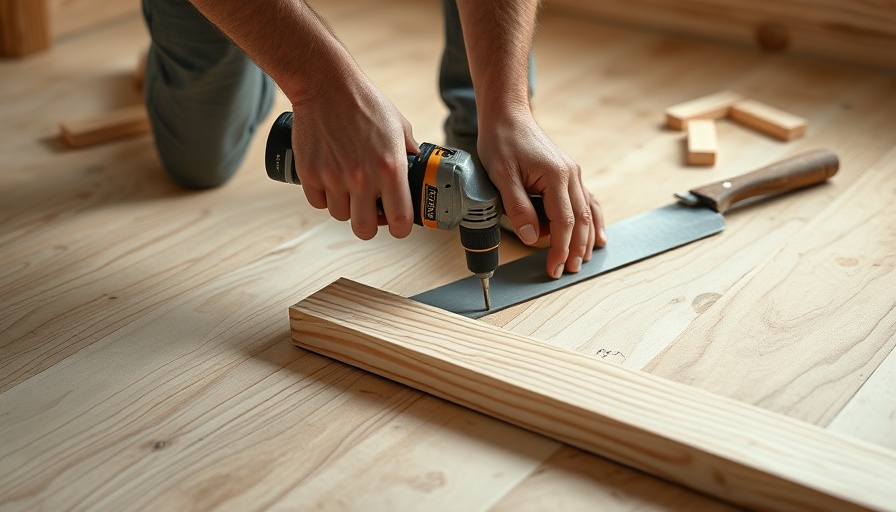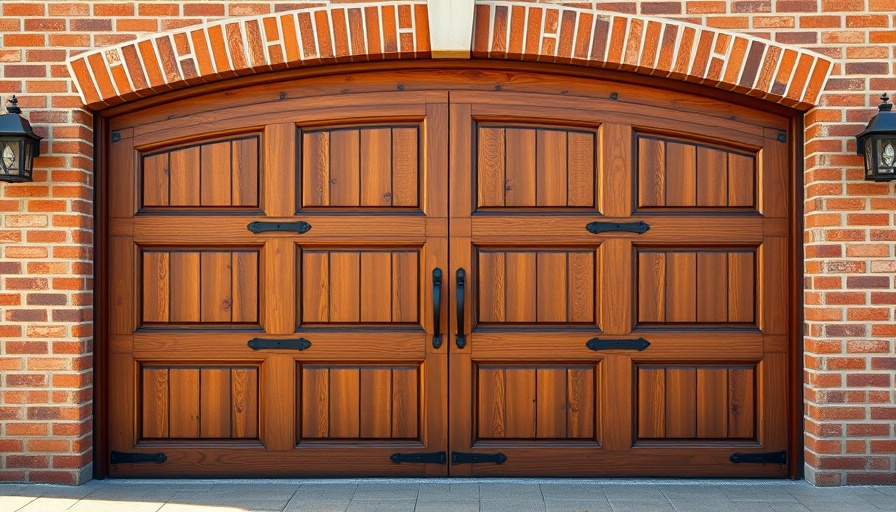
Mixing Wood Stains: A Creative DIY Solution
Staining wood not only beautifies the surface but also enhances the natural grain, making it a favorite among DIY enthusiasts. But what happens when you can’t find that perfect shade? Fear not, as mixing wood stains can help achieve the exact hue you’re looking for.
Can You Mix Different Stains?
Yes, you can mix wood stains of different colors to attain your desired look. The key is to mix compatible types; generally, this means blending products that are either both oil-based or both water-based. Mixing different types of stains can lead to issues such as poor adhesion or an uneven finish.
Things to Consider When Mixing Stains
Before diving into your mixing project, consider the color undertones. It's beneficial to choose stains that share similar undertones. For instance, warm undertones like yellow or red pair well together, while cooler undertones complement each other. This foundational knowledge will help create a harmonious final product.
Getting the Right Color
Your first step is determining the target color or hue and shopping for samples. This research is crucial, as it allows you to visualize the final product and helps ensure the right blend. Additionally, test each stain separately before combining them into a single mix.
Mixing Oil-Based and Water-Based Stains
One major question in the DIY community is whether oil-based and water-based stains can be mixed. Experts recommend that it's best not to combine these two, as they don’t blend well chemically and can result in an undesirable finish. Instead, you can apply one type over the other, but patience is key: oil dries slower, so ensure the underlying surface is completely dry before applying a top layer.
How to Mix Wood Stains: A Five-Step Guide
- Gather Your Materials: Collect the stains, mixing containers, and brushes you’ll need.
- Test Each Stain: Apply each stain individually to a sample piece to see how they look on your wood.
- Experiment with Ratios: Mix small amounts of each stain in different ratios to find the perfect blend.
- Combine the Stains: Once you find a ratio you like, mix the stains thoroughly in a separate container.
- Apply the Mixture: Use a brush to evenly apply the mix to your wood, making sure to let it dry completely.
Examples of Successful Stain Mixes
Many DIYers have succeeded by mixing popular shades like walnut and natural oak or deep mahogany and cherry for a richer, darker finish. Remember, mixing is all about experimentation. Try to keep a small record of your ratios so you can replicate your favorite mixes in the future!
Practical Tips for Mixing and Applying Stains
When embarking on your wood staining adventure, always remember to:
- Protect your work surface and wear appropriate ventilation gear.
- Work in a well-ventilated area to minimize exposure to fumes.
- Be patient; allow each coat to dry fully before applying another layer or finish.
Conclusion: Get Creative with Your Wood Projects
Mixing wood stains is a fantastic way to infuse your personal touch into home projects. By understanding the basics and experimenting with colors, DIY enthusiasts can unlock a wealth of creativity. So, gather your materials and start mixing -- you might just discover your new favorite shade.
 Add Row
Add Row  Add
Add 




 Add Row
Add Row  Add
Add 

Write A Comment